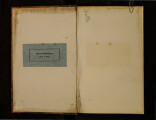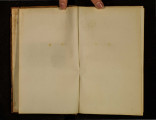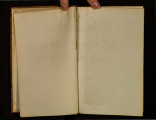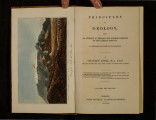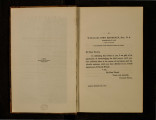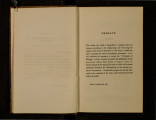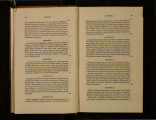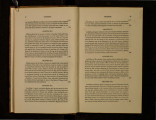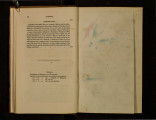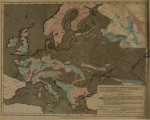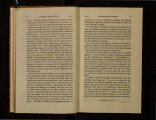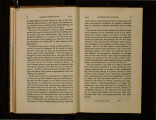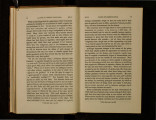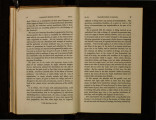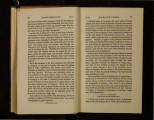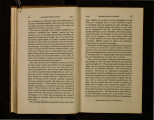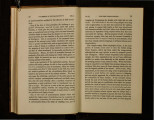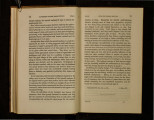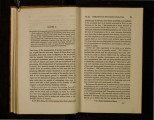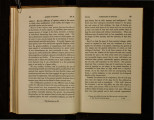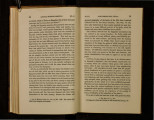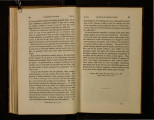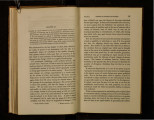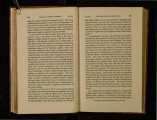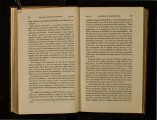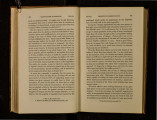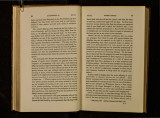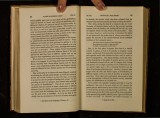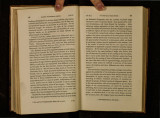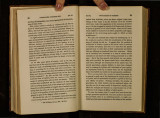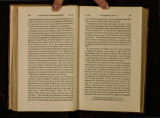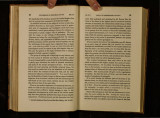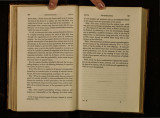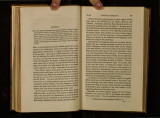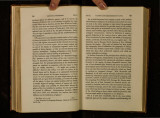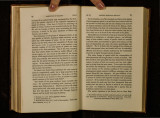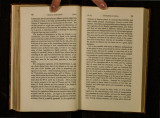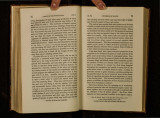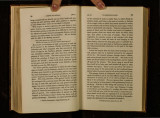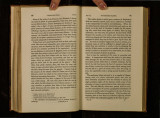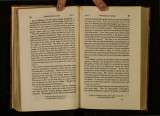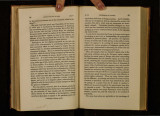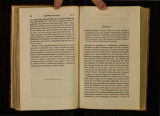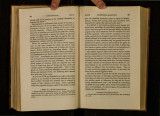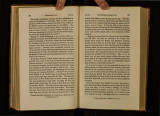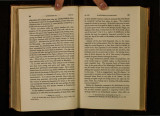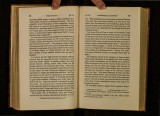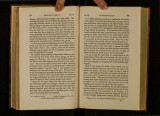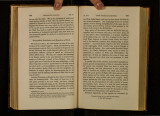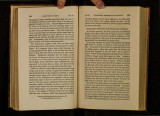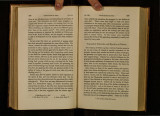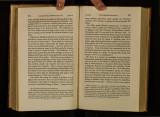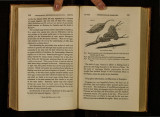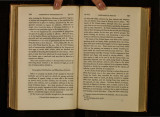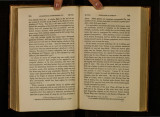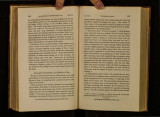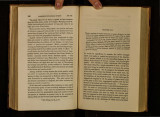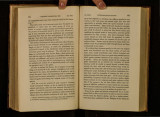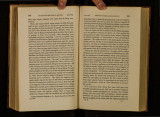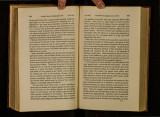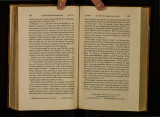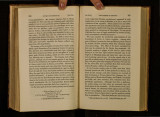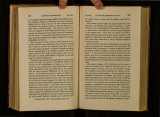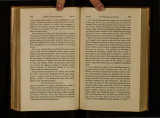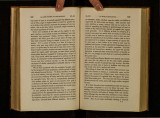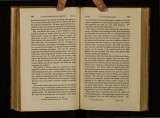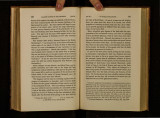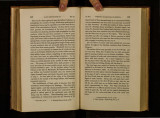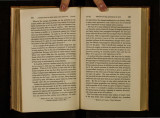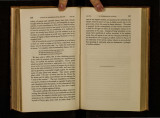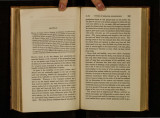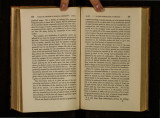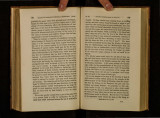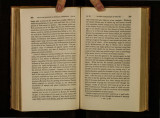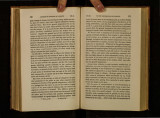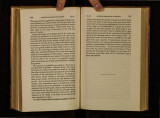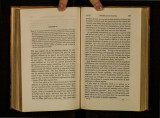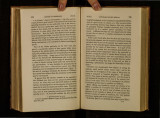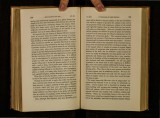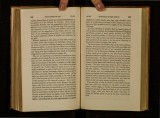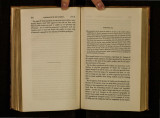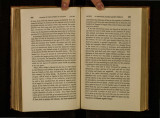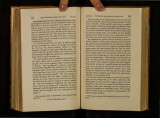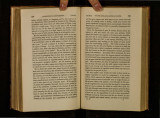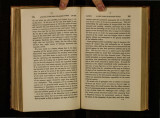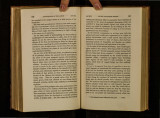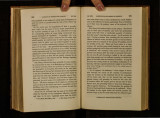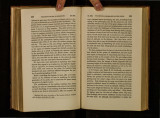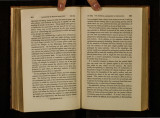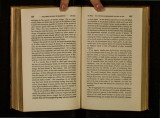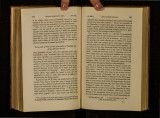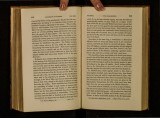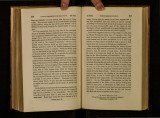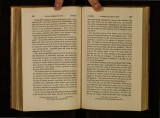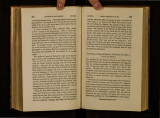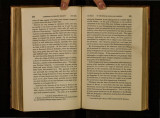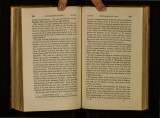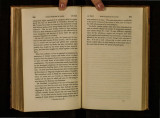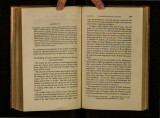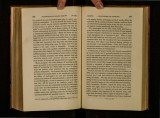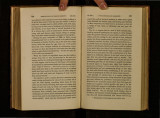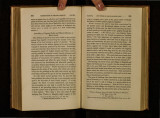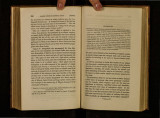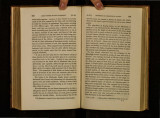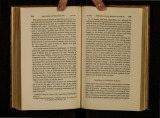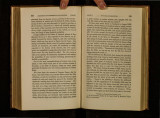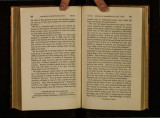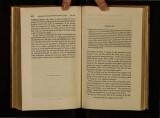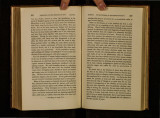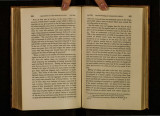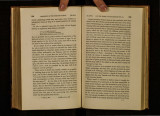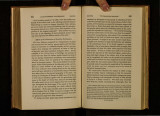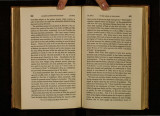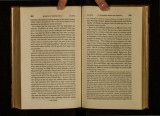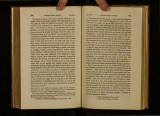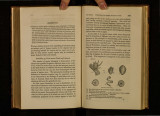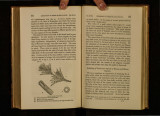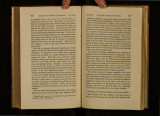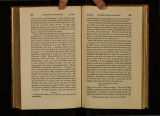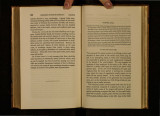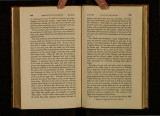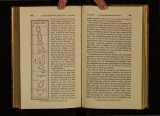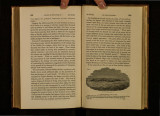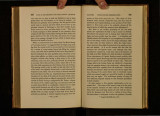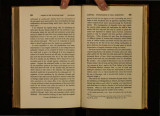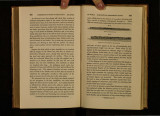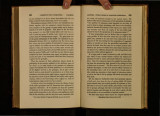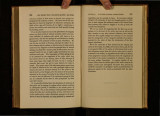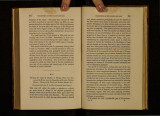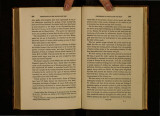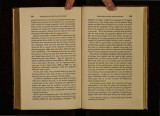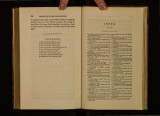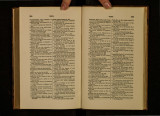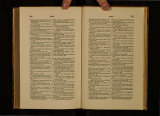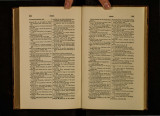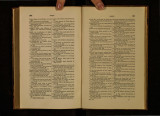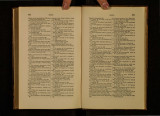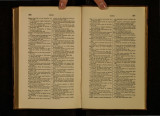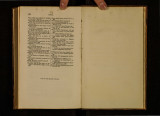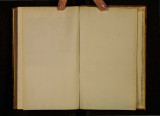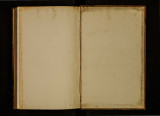| OCR Text |
Show CAUSES OF VARIABILITY [Ch. II. orO'anization is conferred upon it which will enable the species to t~perpetuate itself and survive under all the varying circumstances to which it must be inevitably exposed. Now the range of variation of circumstances will differ essentially in almost every case. Let us take for example any one of the most influential conditions of existence, such as temperature. In some extensive districts near the equator, the thermometer might never vary throughout several thousand centuries for more than ~0° F'ahrenheit; so that if a plant or animal be provided with an organization fitting it to endure such a range, it may continue on the globe for that immense period, although every individual might be liable at once to be cut off by the least possible excess of heat or cold beyond the determinate quantity. But if a species be placed in one of the temperate zones, and have a constitution conferred on it capable of supporting a similar range of temperature only, it will inevitably perish before a single year has passed away. The same remark might be applied to any other condition, as food for example; it may be foreseen that the supply will be regular throughout indefinite periods in one part of the world, and in another very precarious and fluctuating both in kind and quantity. Different qualifications may be required for enabling species to live for a considerable time under circumstances so changeable. If, then, temperature and food be among those external causes, which according to certain Jaws of animal and vegetable physiology modify the organization, form, or faculties of individuals, we instantly perceive that the degrees of variability from a common standard must diffet· widely in the two cases above supposed, since there is a necessity of accommodating a species in one case to a much greater latitude of circumstances than in the other. If it be a law, for instance, that scanty sustenance should check those individuals in their grmvth which are enabled to accommodate themselves to privations of this kind, and that a parent prevented in this manner from attaining the size proper to its species should produce a dwarfish offspring, Ch. II.] IN TilE SAME SPECIES, a stunted race will arise, as is remarkably exemplified in some varieties of the horse and dog. The difference of stature in some races of dogs in comparison to others, is as one to five in linear dimensions, making a difference of a hundred-fold in volume*. Now there is good reason to believe that species in general are by no means susceptible of existing under a diversity of circumstances, which may give rise to such a disparity in size, and consequently, there wil1 be a multitude of distinct species, of which no two adult individuals can ever depart so widely from a certain standard of dimensions as the mere varieties of certain other species,-the dog for instance. Now we have only to suppose that what is true of size, may also hold in regard to colour and many other attributes, and it will at once follow that the degree of possible discordance between varieties of the same species, may in certain cases exceed the utmost disparity which can even arise between two individuals of many distinct species. The same remarks may hold true in regard to instincts; for if it be foreseen that one species will have to encounter a great variety of foes, it may be necessary to arm it with great cunning and circumspection, or with courage or other qualities capable of developing themselves on certain occasions; such for example as those migratory instincts which are so remarkably exhibited at particular periods, after they have remained dormant for many generations. 'rhe history and habits of one variety of such a species, may often differ more considerably from some other than those of many distinct species which have no such latitude of accommodation to circumstances. Lamarck has somewhat misstated the idea commonly entertained of a species, for it is not true that naturalists in general assume that the organization of an animal or plant remains absolutely constant, and that it can never vary in any of its parts. AU must be aware that circumstances influence the habitsJ and that the habits may alter the state of the parts and "' Cuvier1 Disc, Prelim., p. 1281 fiixth edition. |



